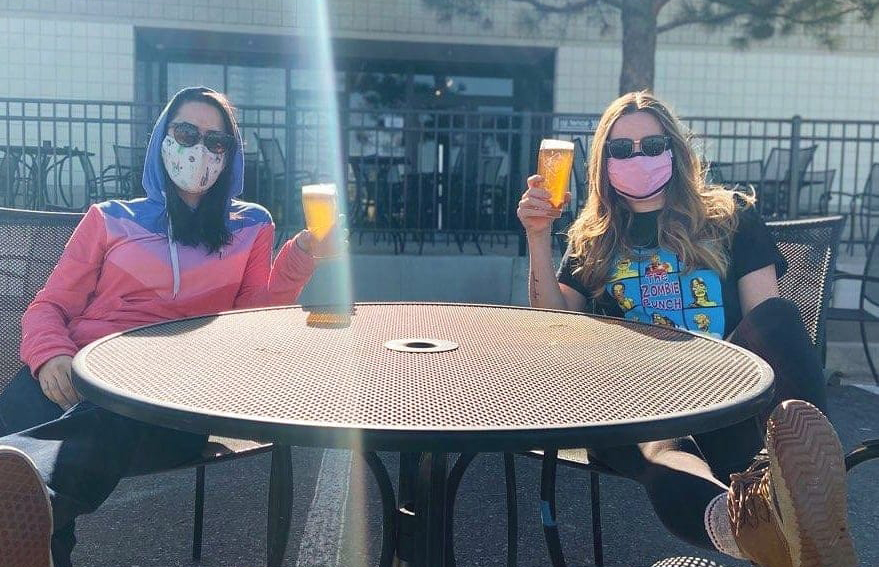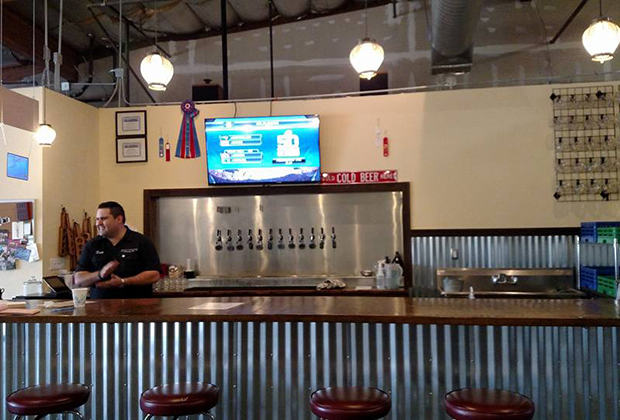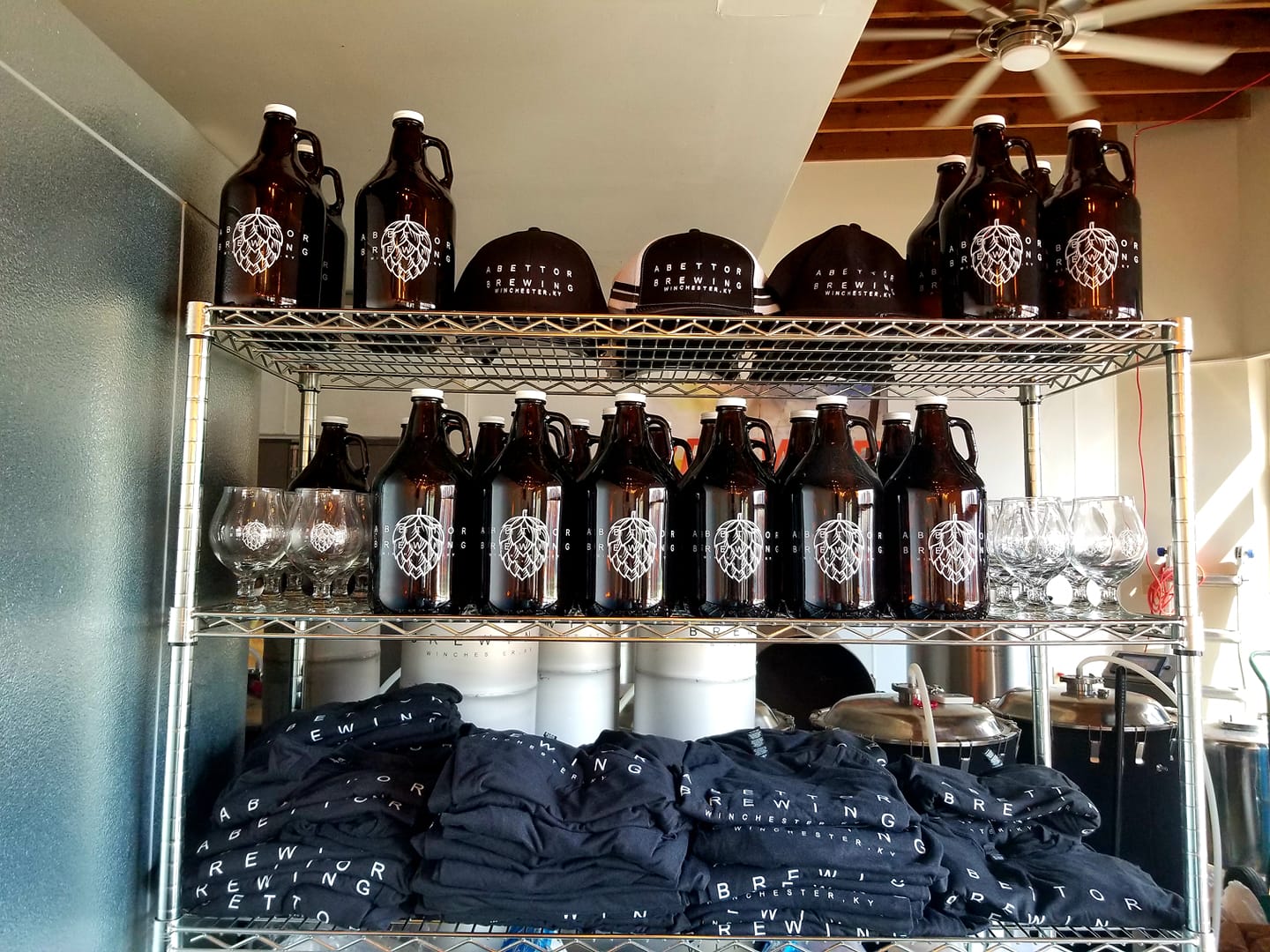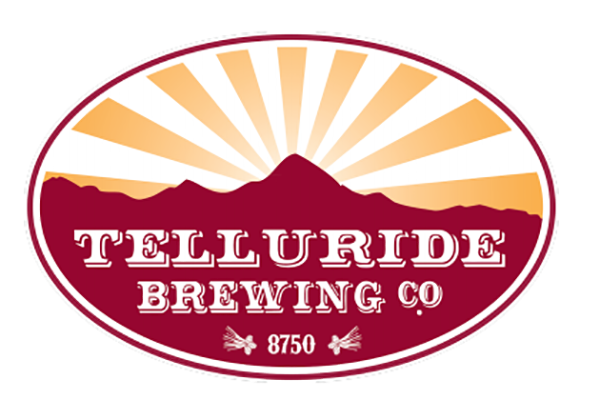
For Lone Tree Brewing, taproom pour prices have remained the same over the past year despite circumstances that have been hard for many breweries in the industry.
Tasting Room Manager, Mike Webster, shared with Brewer that the Denver-area brewery does go through its pricing a couple of times a year.
“At least to make sure that they are in line with other breweries around the area along with the increased cost of goods to make our beer and then adjust accordingly if at all,” Webster explained.
More than just the Cost of Goods, or labor and effort of a beer, a local brewery’s taproom environment can really dictate how that brewery will and should set pricing and what the brewery management finds comfortable charging.
“We don’t want to sell the cheapest beer in town, nor do we want to be the most expensive,” said Green Man Brewery‘s Eric McDonald.
Webster said that Lone Tree bases its pours on the per ounce scale with pour sizes ranging from a splash (1oz taster) to 5oz, 8oz, 12oz, 14oz, 16oz, and 20oz pours.
”When a consumer asks for a pint we pour a beer either into a 16oz Willie Becher glass or 16oz Pilsner glass depending on the style of beer that they order and fill to the top,” Webster said about what constitutes a ‘pint pout’ in the taproom.
Lone Tree’s pricing helped shape what a standard pour is by giving them a baseline price to base other beers off of depending on the ABV, IBU, brewing ingredients, labor, and cost of goods to make the beer.
“A great beer deserves a great pour,” said AleSmith‘s Zach Borba, noting that a standard pour for an ale in the San Diego taproom is poured in a 20-ounce Becher Glass and team members are taught to look for that nice two-finger head retention.
“It really adds that extra element to the beer,” Borba said.
For beers like the Green Man Lager, ESB, or Trickster IPA McDonald said those Asheville beers get served in a standard 16-ounce pint glass with a nice foamy half-inch of head on top.
“If you get served a pint filled to the brim with no foam and zero head, something is wrong with the beer, the glassware, the bartender, or potentially all three,” he said. Those brands typically fall in the $7/pint range and are also available in half pours of eight ounces.
To-go beer is a different pricing tier altogether. Instead of taproom prices, pricing lines up with what a customer would pay for a Green Man beer in the off-premise market, McDonald noted.
“If we were to sell a four-pack of 16-ounce Trickster IPA at the same price per/ounce that we serve in a pint across the bar, that four-pack would cost $28,” he said. “That’s more than double what you would pay for the same four-pack at a grocery store or bottle shop.”
Lone Tree bases its six-pack/growler’s prices on a range anywhere from $11-$15 for six-packs and growler fills range between $10-$20 depending on the size of the growler being filled and type of beer.
Webster pointed out that high-percentage ABV beers and time-consuming beers (such as Barrel Aged or Sours) are higher price points.
Photo courtesy Lone Tree Brewing






Be the first to comment